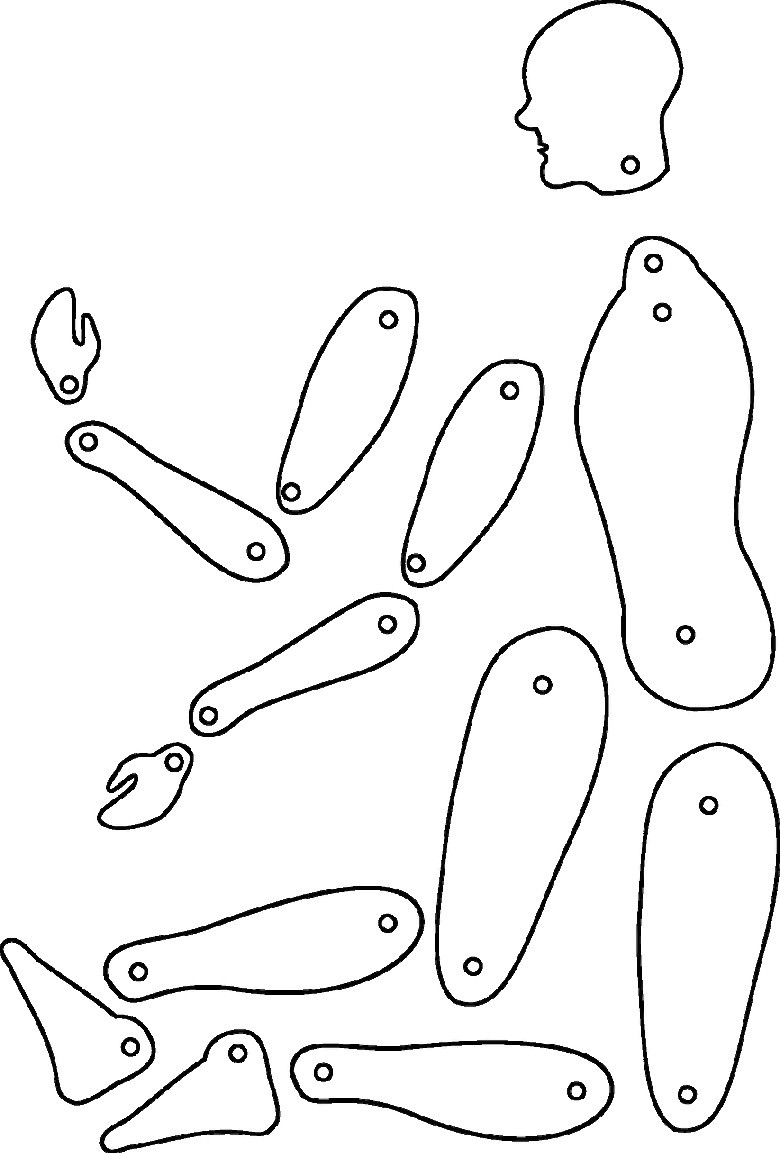
Computer Related Ergonomic Problems
Computer-Related Ergonomic problems can be caused by both work-related and non-work related factors. Computer-related Ergonomics problems are conditions which affect millions of people every single day. These Computer-related Ergonomics problems are only getting worse, as more and more of us use desktop and laptop computers all day, then again at night, we are spending more and more time in front of our computers and we will pay the price if we do not pay attention to our postures and bodies.
Common Types of Computer-Related Ergonomic Problems:
The most common types of computer-related ergonomic problem include:
1. Cumulative Trauma Disorders of Arm
2. Ergonomics Problems of the Eye
3. Carpal Tunnel Syndrome
4. Other Ergonomic Problems: neck pain, back pain, fibromyalgia, headaches
Typically, cumulative trauma disorders of the hand and wrist make up the most frequently seen ergonomic-related computer injury in the clinics. Conditions often include carpal tunnel syndrome, tendonitis, sprain, strain, De Quervains, trigger finger and ganglion cysts.
Symptoms of Computer-Related Ergonomic Problems
Below is a list of the most common clinical signs and symptoms of computer-related ergonomic risk factors. The ergonomic eye problems will be discussed at length next.
1. Pain or aching in wrists, forearms, elbows, neck, or back followed by discomfort
2. Numbness, tingling or burning sensation in hand or fingers
3. Dry, itchy, red or sore eyes
4. Blurred or double vision
5. Tight, sore neck and shoulder muscles
6. General fatigue or tiredness
7. Reduced grip strength in the hand
8. Swelling or stiffness in the hand or wrist
9. Reduced range of motion in the hands, wrist, shoulder, neck, or back
10. Weakness
11. Tension stress headaches and other stress disorders
Ergonomic Risk Factors for Computer-Related Ergonomics Problems
The primary ergonomics risk factors for Computer-related Ergonomic problems like Cumulative Trauma Disorder and Carpal Tunnel Syndrome include: repetitive motions, poor support, awkward posture, forceful movements and overall poor workplace ergonomics set-up. All of these ergonomic risk factors can simply and easily be reduced or eliminated. Prevention is cost-effective and easy, compared to the alternative of living in pain, high medical costs, therapy or surgery and lost time or lost work efficiency.
The main causes of Computer-Related Ergonomics Problems
The main causes of computer-related ergonomics problems related specifically to the workstation design or set up. Often time we see very poor ergonomics set up with laptop users due to the inherent inability to adjust the various components of the computer such as the screen, mouse and keyboard. Here is a list of the computer set-up related causes:
1. Awkward and poor posture
2. Repetitive motions and tasks
3. Forceful movements
4. Poor workplace set-up
5. Sitting in same posture for continuous long hours
6. Lower back and /or leg support is inadequate
7. Poor lighting
8. Documents and monitor screen not at same angle and plane
9. Keyboard and computer mouse not at same angle and plane
How to Solve Computer-Related Ergonomics Problems:
Solving computer-related ergonomic problems is all about postural education, postural adjustment and the re-arrangement of the computer set-up to be within ergonomic guidelines. There are numerous sites that offer ergonomic office computer accessories. In addition, part II of this series offers computer posture set-up guidelines for desktop and laptop computers.





















